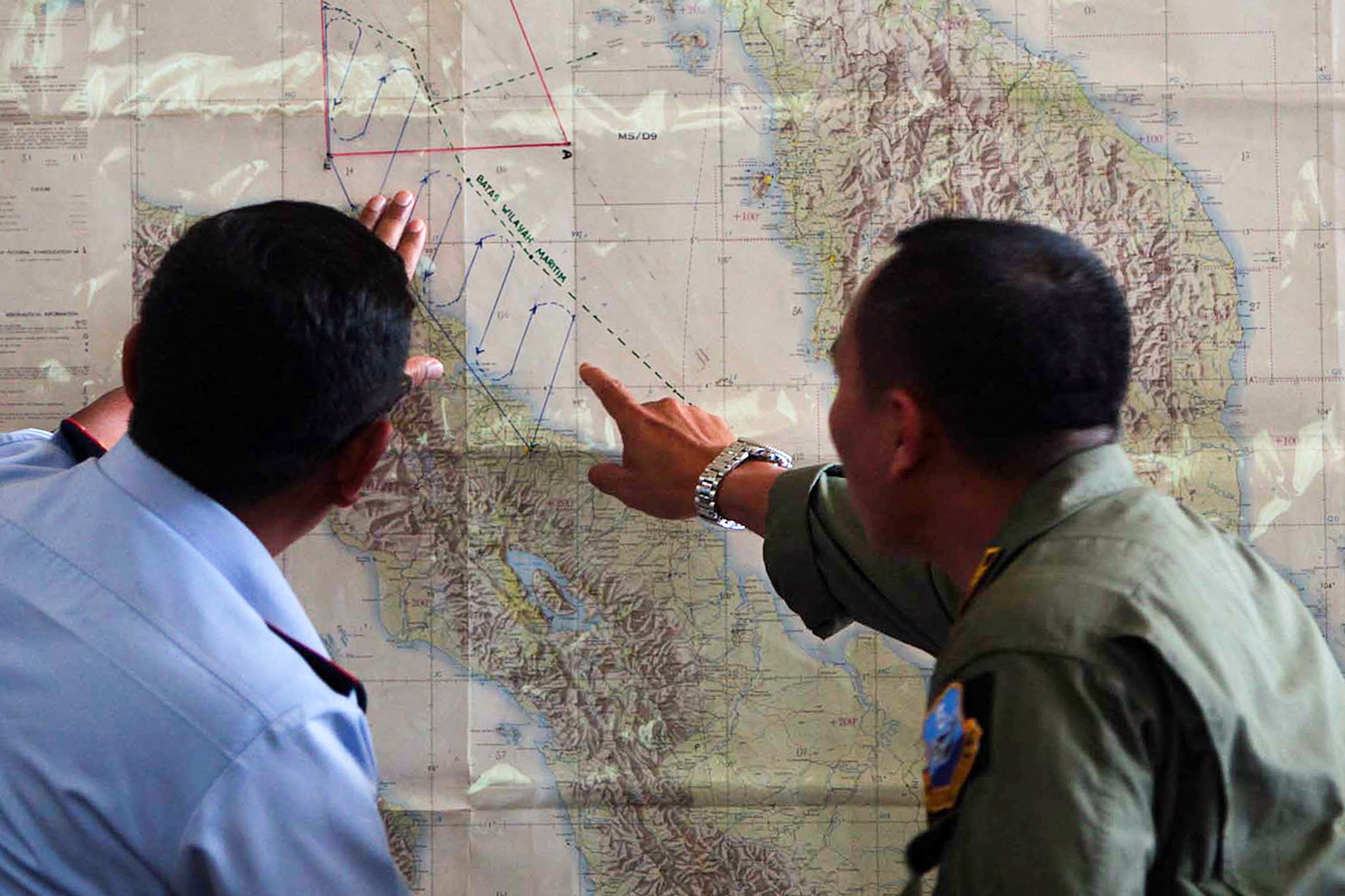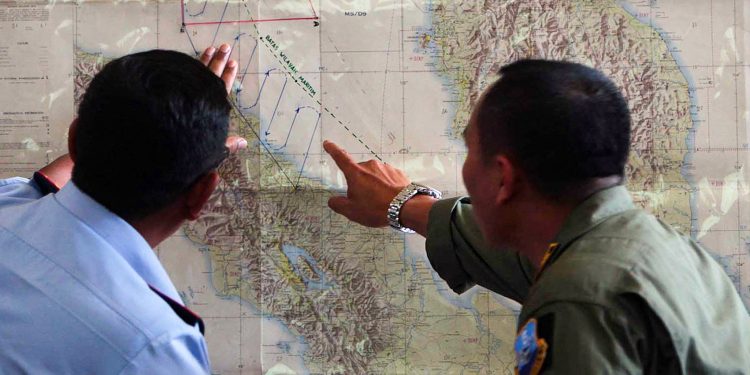The latest search for MH370 missing from Malaysia Airlines was postponed, 11 years after the Boeing 777 plane disappeared.
The Minister of Transport in Malaysia, Anthony Loke, said: “They have stopped the operation for the moment, they will resume research at the end of this year”, in a vocal registration sent to AFP THURSDAY.
On March 8, 2014, the flight of Malaysia Airlines with 239 passengers and the crew on board fell from air traffic control radars 40 minutes after his six -hour trip from Kuala Lumpur to Beijing.
The Malaysian government announced that it had entered into an agreement with the British Marine Robotics Society Ocean Infinity to recommend the search for wreck in last month.
However, during an event at Kuala Lumpur International Airport on Wednesday, April 2, Loke said: “Right now, it’s not the season”.
The new research focuses on an arc of 15,000 km2 off the coast of Perth, Australia, in the south of the Indian Ocean, on the basis of data comprising satellite signals and disturbed radio transmissions that Kuala Lumpur was “credible”.
As part of the “endless and free” agreement, Ocean Infinity will only be paid $ 70 million (54 million pounds sterling) only if the wreck is discovered.
The initial underwater research by Malaysia, Australia and China has covered an area of 120,000 km2 of the Southern Indian Ocean, finding little but debris.

“Whether or not it will be subject to research, no one can anticipate,” added the Minister of Transport.
In February, marine follow -up websites showed that Ocean Infinity Armada 7806 deep water support ships arrived in the new research area in the Indian Ocean.
The research mission should be the last sent in search of the lost plane while Ocean Infinity tries to resolve one of the greatest mysteries of aviation.
Research efforts had already deployed autonomous underwater vehicles (AUV) from the Infinity Ship Ocean and started scans from the ocean.
AUVs, capable of descending to a depth of 6 km, are used via a satellite link from the company control center in Southampton and were to explore four areas identified as potential collision sites by researchers.
The AUVs on Armada 7806 of Ocean Infinity, built in 2023, can spend four days overwhelmed, twice as long as their 2018 predecessors.


